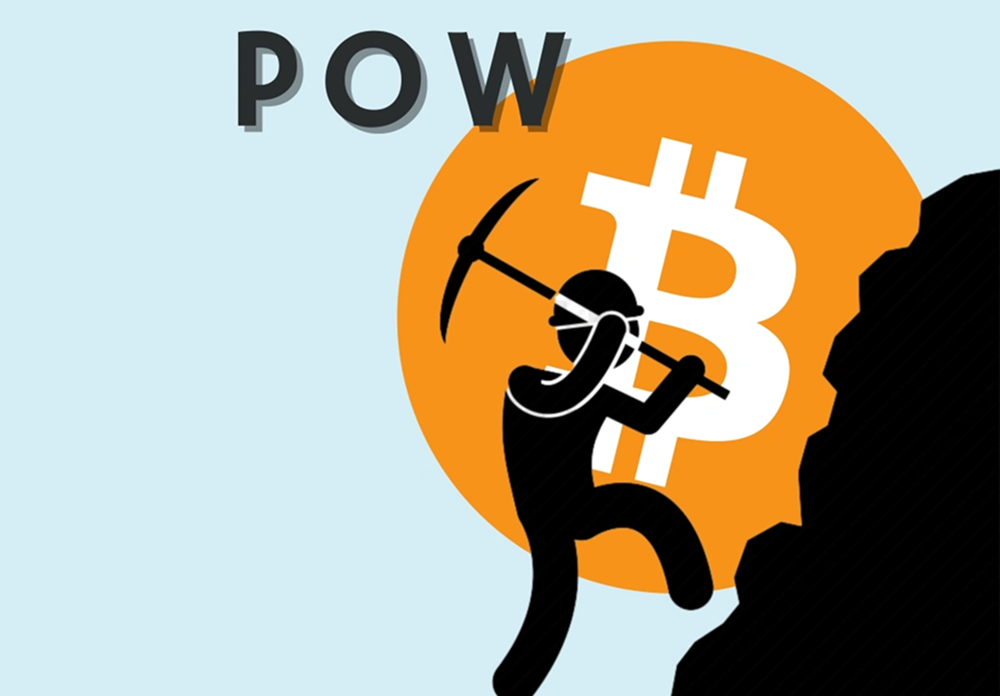The Web3 wave is sweeping the globe, with its decentralized philosophy and innovative applications reshaping the future of the internet. However, the core technology that supports Web3—blockchain—and its trust-based "consensus mechanisms" remain obscure to the general public. This article focuses on key concepts of Web3, providing an accessible interpretation of the four mainstream consensus mechanisms: PoW (Proof of Work), PoS (Proof of Stake), DPoS (Delegated Proof of Stake), and PoH (Proof of History), revealing the operational logic behind blockchain technology.
Consensus Mechanism: The "Soul" of Blockchain
In traditional centralized systems, trust is built on authoritative institutions. In the decentralized world of blockchain, without a central authority backing it, ensuring that network participants reach a consensus on transaction records and data states to establish trust is crucial. The consensus mechanism is key to solving this problem; it is like the "soul" of blockchain, determining the security, efficiency, and degree of decentralization of the blockchain network.
PoW (Proof of Work): Power as the Foundation, Forging a Shield of Security
PoW, or Proof of Work, is the most veteran consensus mechanism in the blockchain field, with Bitcoin being its most famous practitioner. The core idea of PoW is "mining through computational power, distributing rewards based on labor."
- PoW can be likened to solving mathematical problems. Network participants, known as "miners," invest computational power to compete in solving complex mathematical problems set by the system. The first to solve it has the right to package new transaction records into a "block" and add it to the blockchain, while also receiving a system reward—cryptocurrency.
- Mechanism Characteristics: The advantage of PoW lies in its high security. Tampering with a PoW blockchain requires an attacker to control the vast majority of the network's computational power, which is economically and technically difficult to achieve. Therefore, PoW is considered one of the most secure consensus mechanisms currently. However, it is criticized for its enormous energy consumption and relatively slow transaction speed.
- Representative Applications: Bitcoin, Litecoin, and other early cryptocurrencies.

PoS (Proof of Stake): Holding Coins as an Anchor, Building Green Consensus
PoS, or Proof of Stake, is seen as an alternative to PoW, aiming to solve the energy consumption problem of PoW. Ethereum's successful transition marks the maturity and mainstream adoption of the PoS mechanism. The core idea of PoS is "earning interest by holding coins, distributing dividends based on shares."
- PoS is similar to shareholder dividends. Users holding cryptocurrency can obtain the qualification to participate in block validation by "staking" their tokens. The system randomly selects "validators" to create new blocks based on the number and duration of tokens staked by users. After successfully validating a block, validators can earn transaction fees and block rewards.
- Mechanism Characteristics: The biggest advantage of PoS is its energy efficiency, as it does not require massive electricity consumption for computational competition. Additionally, PoS can theoretically increase transaction speed. However, some critics argue that PoS may lead to power being concentrated in the hands of a few large holders, posing certain centralization risks.
- Representative Applications: Ethereum, Cardano, Polkadot, and others.

DPoS (Delegated Proof of Stake): Elite Governance, Enhancing Efficiency at the Forefront
DPoS, or Delegated Proof of Stake, is an improved version of PoS, aiming to further enhance the efficiency and scalability of blockchain. The core idea of DPoS is "representative democracy, elite governance."
- DPoS is akin to electing representatives. Token holders vote to elect a certain number of "delegates," often referred to as "supernodes" or "block producers." These delegates take turns generating blocks and validating transactions.
- Mechanism Characteristics: DPoS significantly improves transaction processing speed and efficiency by reducing the number of validating nodes. Additionally, DPoS introduces a governance mechanism, allowing token holders to participate in network governance through voting. However, DPoS has a relatively high degree of centralization, and the behavior of delegates requires effective supervision.
- Representative Applications: EOS, BitShares, Lisk, and others.
PoH (Proof of History): Time as Evidence, Accelerating the Consensus Process
PoH, or Proof of History, is a relatively emerging consensus mechanism, with Solana being its main practitioner. The uniqueness of PoH lies in the fact that it does not directly participate in transaction validation but is a technology that encrypts time records before transactions occur, aiming to enhance consensus efficiency.
- PoH can be likened to timestamping each event accurately. PoH uses Verifiable Delay Functions (VDF) to create a trustworthy record of the passage of time, proving that transactions occurred in a specific chronological order. This allows network nodes to reach consensus on transaction order more quickly, thereby enhancing the throughput of the blockchain.
- Mechanism Characteristics: PoH itself is not an independent consensus mechanism and typically needs to be used in conjunction with other consensus mechanisms (such as PoS). The main advantage of PoH is its ability to improve efficiency and speed, especially suitable for blockchain applications that require high transaction speeds.
- Representative Applications: Solana.
Future Outlook: Diverse Consensus, Building a Web3 Ecosystem Together
PoW, PoS, DPoS, and PoH each have their strengths and weaknesses, suitable for different application scenarios and needs. PoW is known for its security, PoS pursues green energy efficiency, DPoS emphasizes efficient governance, and PoH is dedicated to enhancing speed.
Web3 technology is still rapidly evolving, and innovations in consensus mechanisms continue to emerge. In the future, we may see more new consensus mechanisms that integrate the advantages of various mechanisms, collectively building a more diverse, efficient, secure, and sustainable Web3 ecosystem, promoting the internet's evolution towards a more open and decentralized direction.
Disclaimer: The above content does not constitute investment advice.
AiCoin Official Website: www.aicoin.com
Telegram: t.me/aicoincn
Twitter: x.com/AiCoinzh
Email: support@aicoin.com
Group Chat: Customer Service Yingying、Customer Service KK
免责声明:本文章仅代表作者个人观点,不代表本平台的立场和观点。本文章仅供信息分享,不构成对任何人的任何投资建议。用户与作者之间的任何争议,与本平台无关。如网页中刊载的文章或图片涉及侵权,请提供相关的权利证明和身份证明发送邮件到support@aicoin.com,本平台相关工作人员将会进行核查。




